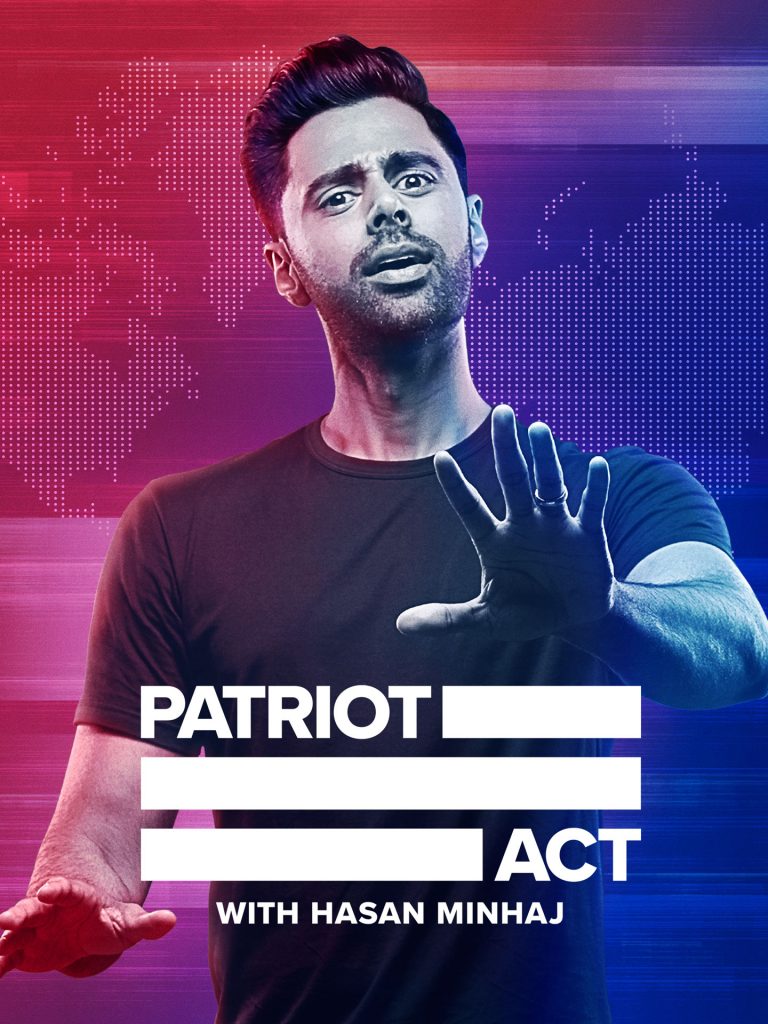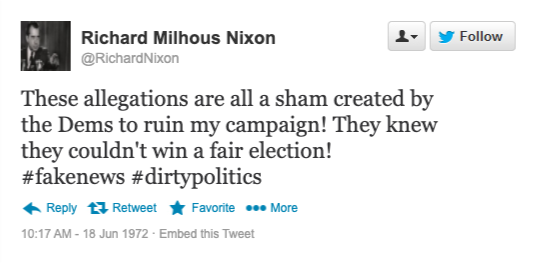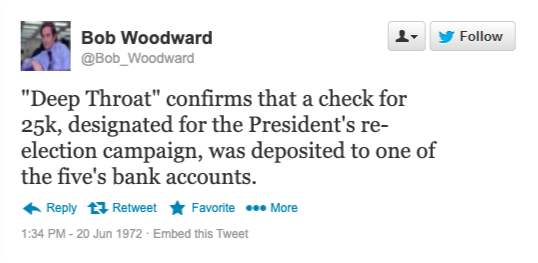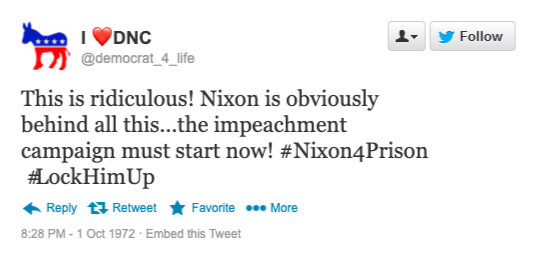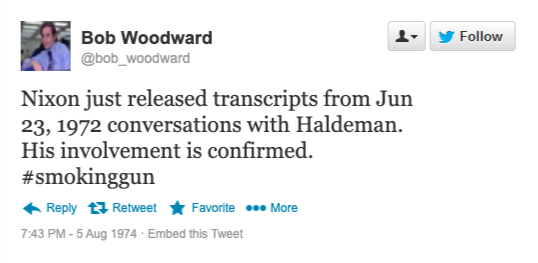On January 3, 2009, Satoshi Nakamoto would change the world forever. On this date, Nakamoto birthed the bitcoin network, after mining the first block on the chain, sometimes referred to as the “genesis” block. For some time after its release Bitcoin was mostly unknown outside the coding community, while coders made minor adjustments to the system. Then in 2013, Bitcoin gained traction after its value jumped from $13.30 on January 1 to a whopping $946.92 by December. From credit cards to mobile banking, the world of finance already lives in a mostly digital world. Could Bitcoin be the future of digital payments?
Who is Satoshi Nakamoto?
Satoshi Nakamoto is the pseudonymous creator of Bitcoin. Not much is known about Bitcoin’s founder, while rumors have linked Nakamoto to various coders and engineers, the identity remains unknown. Theory suggests that Nakamoto may not be an individual, rather a collective of coding experts and computer scientists.
What is blockchain?
The technology that powers Bitcoin is called Blockchain. A blockchain is a database distributed over a network of computers called nodes. The main purpose of blockchain focuses on peer to peer transmission of data that can pertain to anything, but in this case, it refers to monetary transactions. For a transaction to happen, it must first be verified by people operating nodes in the network, commonly referred to as miners. Once verified, the transaction is recorded on a block and given an identifying code called a hash. While the hash works to identify the verification of the transaction, it is very difficult to recreate the stored data from the code of the dash alone. Once the transaction is complete, the block is added to the blockchain as a record of each step and after it is added to the blockchain it cannot be altered or deleted because the decentralized network of nodes will maintain the record.
What is special about Bitcoin?
A financial exchange between two parties is usually accompanied by hidden fees imposed by the middlemen at the institutions carrying out the transaction. However, Bitcoin a crowdsourced type of verification system called Blockchain that cuts these middlemen out of the deal. Cutting out the middlemen eliminate certain transaction fees allowing for a more seamless exchange. Blockchain technology stores all information on a public ledger, in the form of encrypted data sets, called blocks. Once a block is verified and added to the network it can be altered and is accessible by all other computers, generally referred to as nodes in the context of a blockchain, on the network. This ensures security because a hacker cannot hack into an entire network of computers and if the blockchain contains a few faulty nodes the rest of the network can override the falsification with the correct data. Lastly, Bitcoin is completely democratic as there is not central-governing authority that holds more power than the rest. This means that no single group or institution holds the power to issue the currency, manipulates its value, or access your data.
Negatives of Bitcoin?
All Bitcoin transactions are anonymous, which secures the users’ personal information. However, the ability to remain anonymous allows criminal transactions to go largely under the radar. While the decentralization protects the currency from manipulation by a central authority, the lack of such means that there is no one to intervene during bad situations such as hacks or fraudulent charges and nobody to hold accountable in such situations. Another problem with the use of Bitcoin is the volatility of its market value. The value of bitcoin has experienced aggressive (to say the least) spikes and plummets making it a risky investment. Due to such volatility, there are fewer holders and buyers in the market, which makes Bitcoin have a low liquidity, meaning it is difficult to obtain if you want to invest and difficult to sell if you want to cash in on your investment. The unreliability of investing in Bitcoin makes it inappropriate to use in most long-term investments, such as mortgages, loans, and emergency funds, where reliability and steady growth is more of a concern than total growth potential.
What will the future of digital payments look like?
Bitcoin could very well be the future of currency but I do not believe that will happen for a few reasons. First is the incumbent-monies problem. The entire financial system is already built around different forms of currency and the cost of uprooting the original system and building a new one around bitcoin would be huge. It would require the retooling of bank telling and vending machines, updating the price for every product, not to mention the fact that the population would have to learn to think in terms of a new currency. A successful network requires many users that Bitcoin currently does not have. For Bitcoin to obtain new users, people must be willing to accept the changes and when faced with this sort of decision people typically resort to old reliable. Another challenge Bitcoin will face is opposition from the government. Since Bitcoin is on a decentralized network, it means that the government cannot control it. The inability to regulate Bitcoin puts it in a legal grey area that may scare some people. Also, the incumbent-monies are government-sponsored, which means that they can be used to pay taxes.
Even though Bitcoin may not be the future of currency, the share of electronic transactions will continue to rise. Blockchain technology can be integrated into the current system to process transactions for things like online shopping and through apps like Venmo. Bitcoin and other forms of cryptocurrency can maintain relevancy as niche monies in the future. Since they can be divided up into much smaller decimals than incumbent monies, they can be used as tips or as a form of payment for crowdsourcing activities. For example, the Bitcoin miners are paid in small amounts of Bitcoin for performing the service. Due to the anonymity, cryptocurrencies will most likely continue to be used for illicit activities. Bitcoin or other cryptocurrencies will never overtake the incumbent monies already in place, without vast government and civilian support, however, the effects of the introduction of blockchain will long outlive the cryptocurrency from which it originated.
Sources:
Luther, William J. “Bitcoin and the Future of Digital Payments.” The Independent Review, vol. 20, no. 3, 2016, pp. 397–404. JSTOR, www.jstor.org/stable/24562161.
Jenkinson, Gareth. “A Brief History of Bitcoin: 10 Years of Highs and Lows.” Cointelegraph, Cointelegraph, 14 Feb. 2019, cointelegraph.com/news/a-brief-history-of-bitcoin-10-years-of-highs-and-lows.
“The Midas Touch of Blockchain: Leveraging It for Data Protection.” Building-Blocks of a Data Protection Revolution: The Uneasy Case for Blockchain Technology to Secure Privacy and Identity, by Shraddha Kulhari, 1st ed., Nomos Verlagsgesellschaft MbH, Baden-Baden, Germany, 2018, pp. 15–22. JSTOR, www.jstor.org/stable/j.ctv941qz6.6.
Gupta, Vinay. “A Brief History of Blockchain.” Harvard Business Review, 21 Aug. 2019, hbr.org/2017/02/a-brief-history-of-blockchain.
Webster, Ian. “Bitcoin Historical Prices.” Bitcoin Price Chart and Tables | Finance Reference, www.officialdata.org/bitcoin-price.
